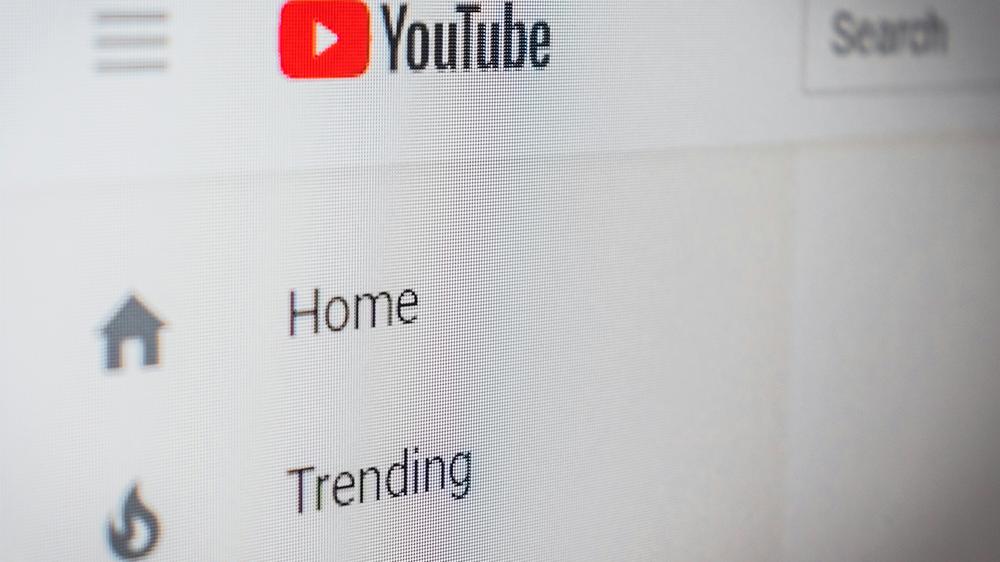It’s been ten years since YouTube first introduced its trending page in 2015, and the platform is finally sunsetting the program in favor of a new system.
YouTube is one of the most popular destinations on the net for video-related content, first launched in 2005. Since then, it’s gained over 2.70 billion monthly active users who tune in to watch their favorite content creators play games, vlog their daily lives and more.
One of the ways that YouTube helped viewers find viral content was through its Trending page, which it first implemented in 2015. By clicking on it, users can see what videos are being watched the most across the website.
However, YouTube says that it’s easier than ever for viewers to find this type of content and is giving its trending section the boot.
YouTube’s Trending page replaced by YouTube Charts
As announced by YouTube in a support thread on July 10, 2025, the site is now set on introducing Charts, a new system for ranking popular content on its platform.
“Back when we first launched the Trending page in 2015, the answer to ‘What’s trending?’ was a lot simpler to capture with a singular list of viral videos that everyone was talking about,” the post reads. “But today, trends consist of many videos created by many fandoms, and there are more micro-trends enjoyed by diverse communities than ever before.”
As a result, YouTube says that its Trending page has seen “significantly” less traffic in the last five years, prompting them to make a change. Now, YouTube Charts will break up trends from one, all-encompassing page into separate, category-specific lists.
The current Trending page will be moved to a Trending Now section, where the site’s most popular content overall will be shown. However, viewers can now look for specific trends in certain categories on YouTube Charts for things like music videos, top podcasts, movie trailers and more.
In the meantime, YouTube says that its Gaming Explore page will be home to trending gaming videos, and it will continue to serve personalized content to users via recommendations on their home feeds.
“This way, we can show a wider range of popular content that’s relevant, and it feels more natural to how viewers already find new videos. Viewers can still browse content that isn’t personalized in the Explore menu, on creator channels, and in their subscriptions feed.”

 Nintendo discontinues cost-saving game vouchers for Switch Online players
Nintendo discontinues cost-saving game vouchers for Switch Online players